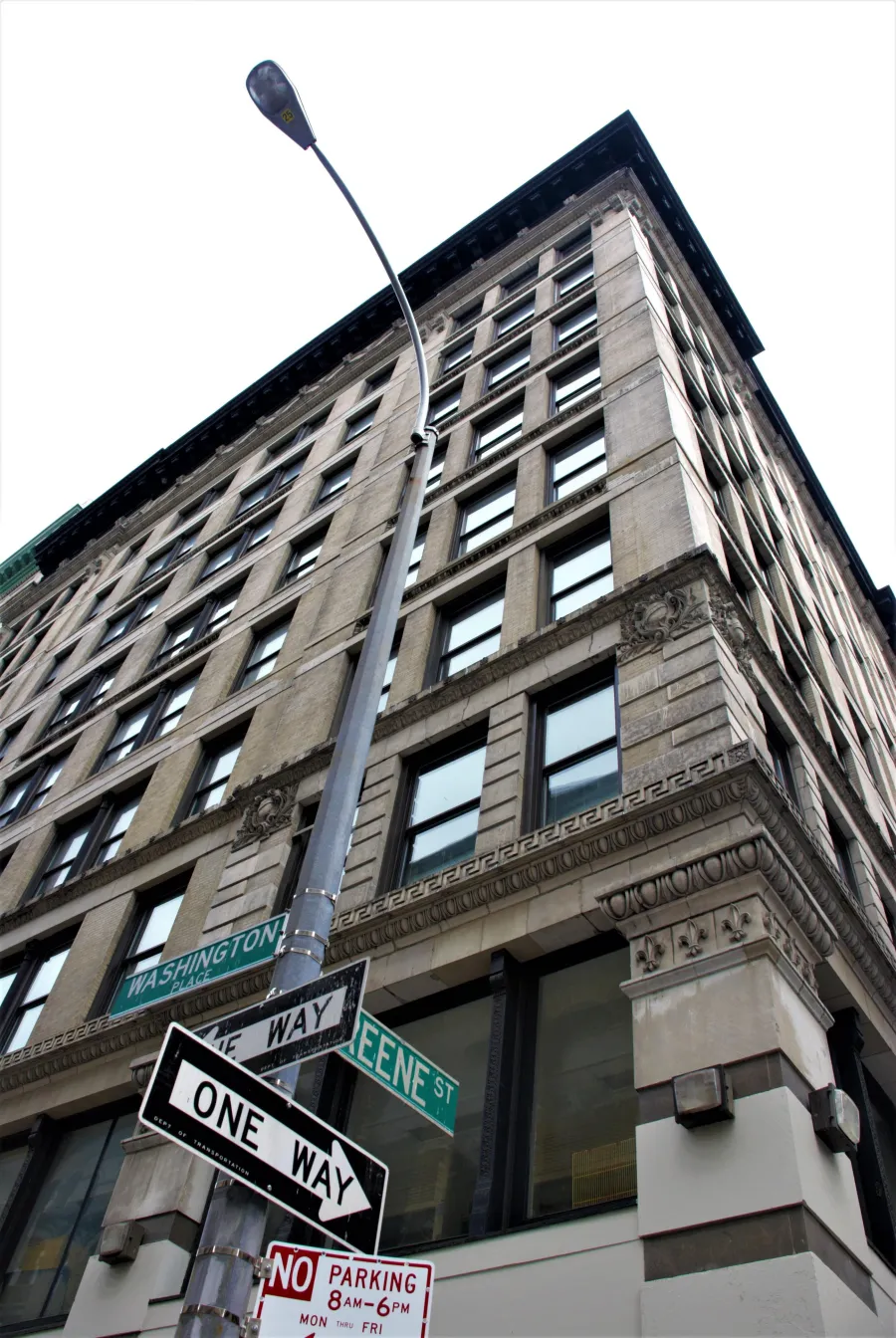Triangle Shirtwaist tragedy was 108 years ago today

EDITOR'S NOTE: Known as the Asche Building when it housed the Triangle Shirtwaist factory, the 1901-vintage structure survives as New York University's Brown Building. It is located at 23–29 Washington Place in Greenwich Village. Three plaques on outside walls tell of the fire.
From the AFL-CIO
On Saturday, March 25, 1911, a fire broke out on the top floors of the Triangle Shirtwaist factory. Firefighters arrived at the scene, but their ladders weren’t tall enough to reach the upper floors of the 10-story building. Trapped inside because the owners had locked the fire escape exit doors, workers jumped to their deaths. In a half an hour, the fire was over, and 146 of the 500 workers—mostly young women—were dead.

Many of us have read about the tragic Triangle fire in school textbooks. But the fire alone wasn’t what made the shirtwaist makers such a focal point for worker safety. In fact, workplace deaths weren’t uncommon then. It is estimated that more than 100 workers died every day on the job around 1911.
The shirtwaist makers’ story was so compelling because it brought attention to the events leading up to the fire. After the fire, their story inspired hundreds of activists across the state and the nation to push for fundamental reforms. For some, such as Frances Perkins, who stood helpless watching the factory burn, the tragedy inspired a lifetime of advocacy for workers’ rights. She later became secretary of labor under President Franklin D. Roosevelt.